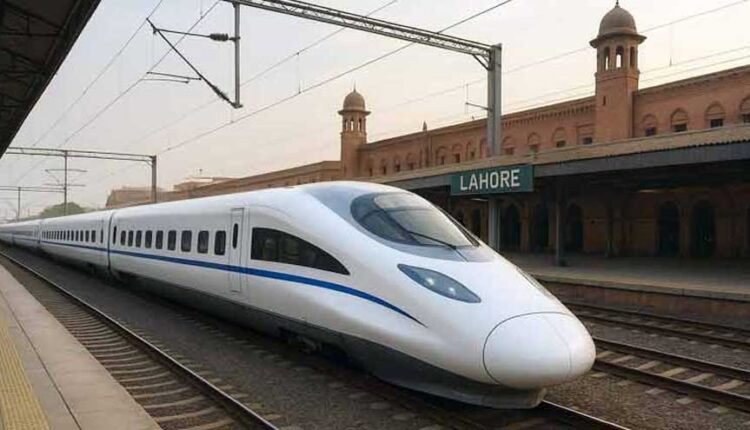LAHORE — At its 30th meeting, the provincial cabinet of Punjab, chaired by Chief Minister Maryam Nawaz Sharif, approved a MoU to launch a feasibility and design study for a high‑speed rail link between Lahore and Rawalpindi. The decision marks a key step in the region’s infrastructure agenda.
What was approved and what it covers
- The MoU mandates the preparation of preliminary designs, engineering assessments, and an upgrade concept for the existing rail corridor between Lahore and Rawalpindi.
- Final construction timelines, cost estimates, and partner agreements have not been publicly disclosed to date.
- Alongside the rail initiative, the cabinet approved the establishment of Air Punjab Private Limited, introduced QR‑code systems for cashless retail transactions, and rejected proposed fare hikes for electric buses. The ban on Tehreek‑e‑Labaik Pakistan (TLP) was also ratified.
Strategic context
The rail project forms part of the Punjab government’s broader strategy to modernise inter‑city transport links and reduce travel times between major urban centres. According to public reports, the journey between Lahore and Rawalpindi currently takes around 4 to 5 hours. Government officials have set an interim target to reduce this to approximately 2‑2.5 hours.
Challenges ahead
While the concept enjoys political backing, transport and industry observers emphasise its complexity:
- The existing rail alignment features sharp curves, steep gradients, and bridges not designed for high‑speed operations.
- Estimates for a full “bullet train”‑style upgrade range from US $10 billion to more, with no confirmed financing to date.
- Experts warn that until foundational rail infrastructure, such as the ML‑1 upgrade, is completed, actual high‑speed operations may remain out of reach.
What’s next
Feasibility and design studies are expected to be tendered in the coming months, after which detailed scope, funding models, and implementation timelines should be released. Until then, the MoU sets the framework rather than the whole execution plan.
Takeaway
The cabinet’s approval of the MoU signals that the Lahore–Rawalpindi high‑speed rail corridor has moved from concept to preliminary planning. However, substantial technical, financial, and operational hurdles remain before travel time reductions and service roll‑out become a reality.



Comments are closed.